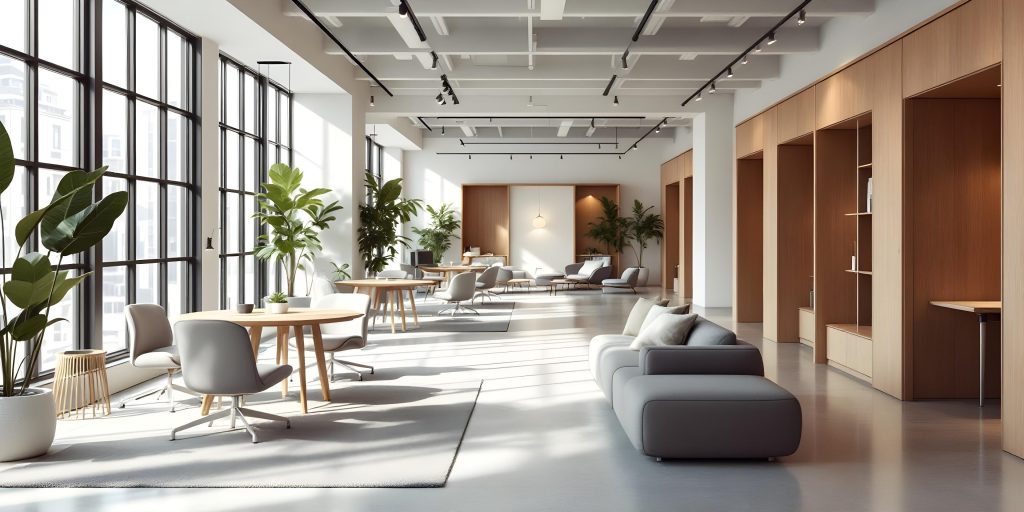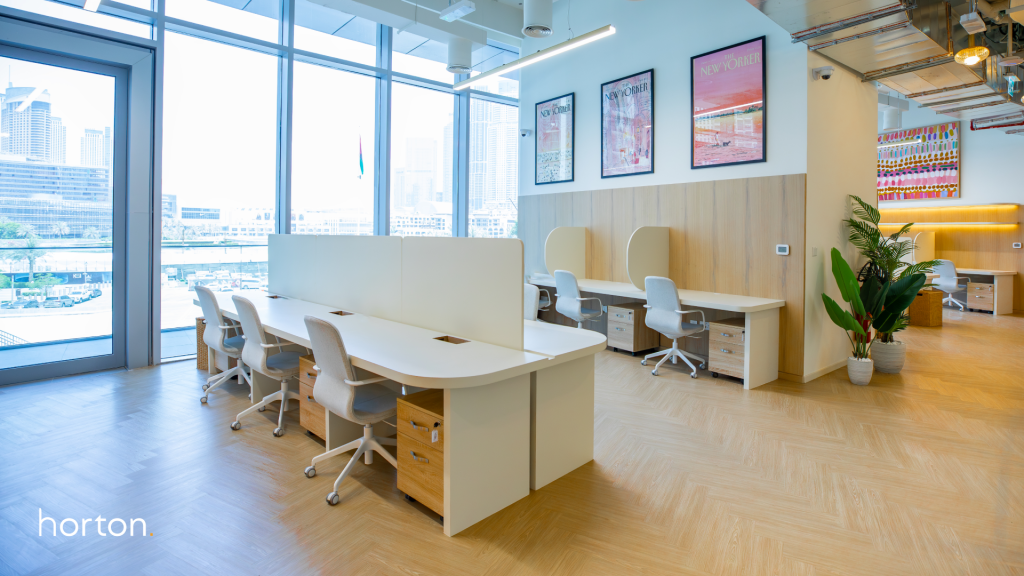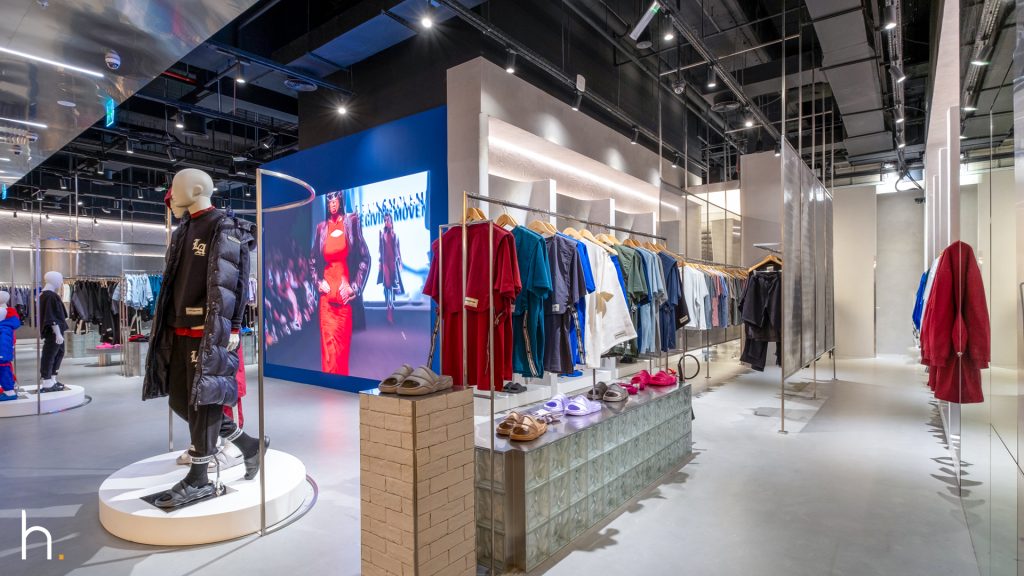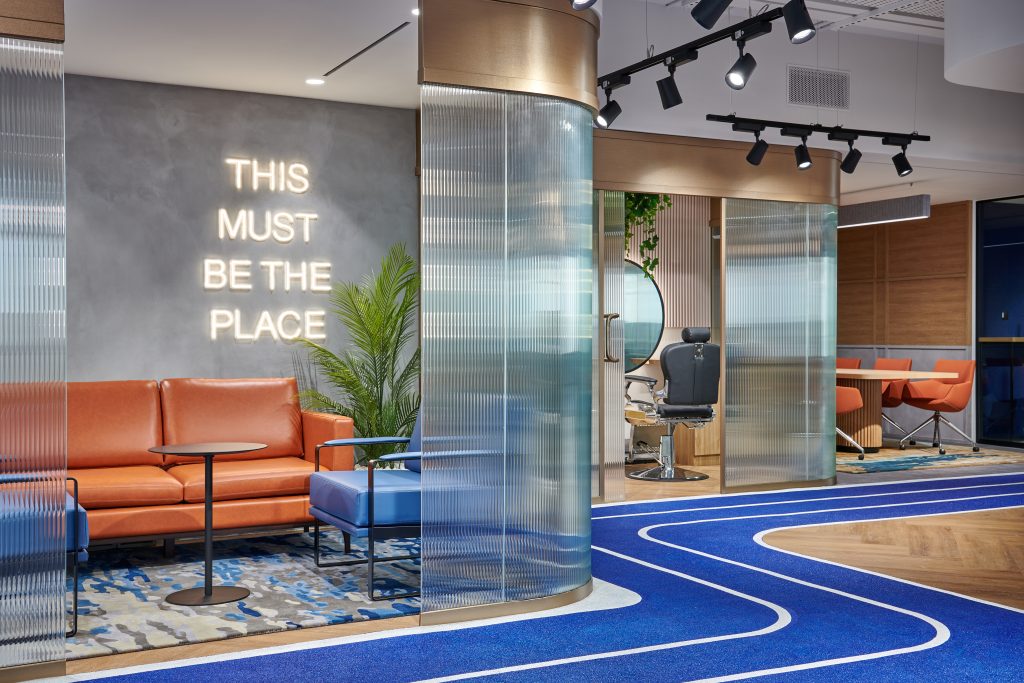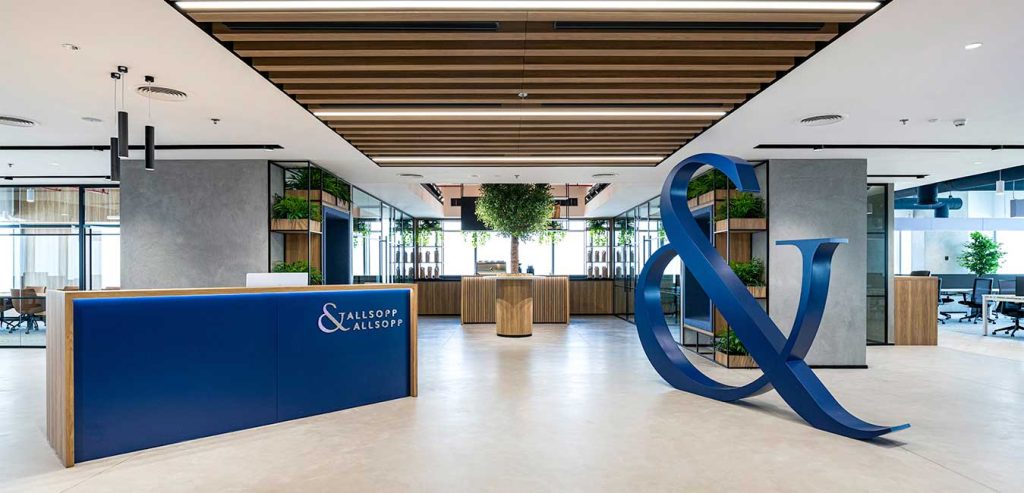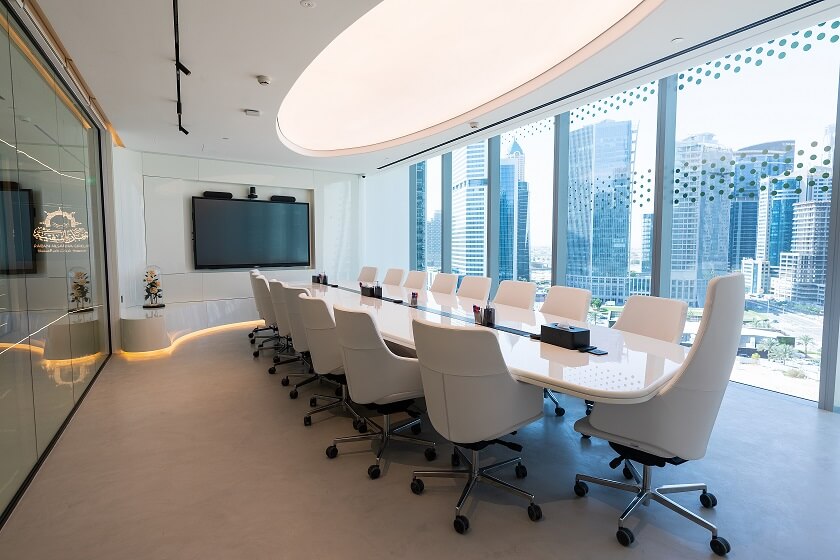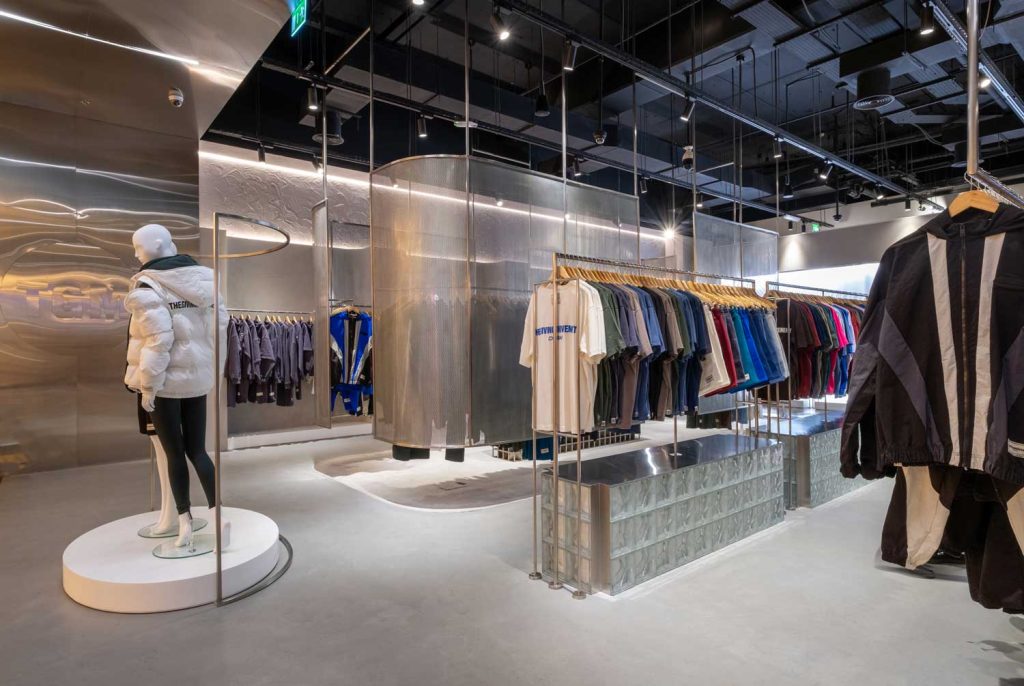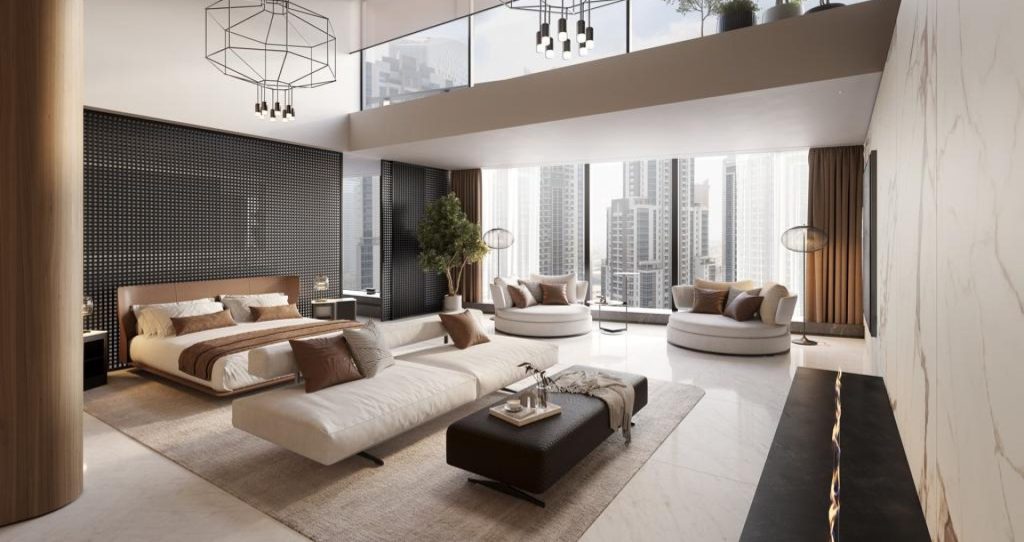Why Your Visual Merchandising Isn’t Working (And How to Fix It)
Visual merchandising involves presenting products to capture the audience’s attention. It evolves by mastering strategies like arranging visually appealing products in front, designing layouts, using colours, and strategically placing lights on hot-selling products. It plays a crucial part in retail success by bridging displayed products and the purchasing decisions of the customers who encounter them.
Retail stores that grasp the skill of visual merchandising flourish more in business than owners who have yet to pay attention to these strategies. A well-executed merchandising strategy encourages customers to keep coming back. From guiding shoppers through space to emphasising high-margin seasonal products, you must cover all the aspects to make a lasting impression on customers. However, poorly executed visual merchandising strategies can have the opposite effect; poor merchandising mainly includes cluttered displays, irrelevant product placements and neglecting storefront appeal.
In this blog, Horton Interiors will discuss the pitfalls you might encounter while practising visual merchandising and ways to fix them. With the right strategies, products are noticed more effectively.
Why Does Visual Merchandising Fail?
Many retail stores, especially in Dubai, rigorously follow visual merchandising techniques that align with the store’s aesthetics. Avoiding these common mistakes would help keep the customer’s journey smooth and engaging.
Cluttered Displays
The foremost reason behind merchandising oversight is that retail workers tend to display every product on display, which overwhelms customers. Every customer wants to have individual time with each product so he can make an informed purchasing decision. Unnecessary stuff or decorative items on displays need to be clarified for customers; if not done right, it can lead to decision fatigue and ultimately cause buyers to leave the space without purchasing. Adopt a minimalist approach by curating displays to showcase only certain high-selling products and giving ample space between products so they have a clearer view.
Not Doing Market Research
Market research should be the fundamental step in ensuring successful merchandising, yet it is not noticed. A retail store must understand the target audience’s demographics, preferences and behaviours to meet the demands of designs that resonate with clients’ needs. Effective merchandising involves strategically following the specific needs of the intended audience.
A store in a family-oriented neighbourhood must focus on design more inclined towards household items. However, a local boutique in a high-end area should focus on luxury and exclusivity. Before launching any retail store, take your time and do proper market research to ensure better relevance and appeal.
Neglecting Storefront Designing
A study published in an International Journal Of Retail And Distribution showcased that a well-designed storefront increases the chance of customers entering the space as the window displays are the first point where a store starts interacting with customers. Regardless of the product quality, an outdated storefront design can deter potential customers. Regularly update window displays with current promotions, trends and up-to-date fashion.
Effective Visual Merchandising Strategies
The following are effective visual merchandising strategies to help your retail store reach the next level.
Ensure The Rule Of Three
The “Rule of Three ” has been widely used across many countries as it brings aesthetic appeal and effectiveness to visual merchandising. The strategy includes grouping products in a set of three, thus making the arrangement visually appealing and creating a sense of balance and harmony among products. If this rule is implemented correctly, it encourages customers to interact with products.
Incorporate Multiple Senses
Focus on incorporating sensory elements like soft scent, background music and precise ways to touch the products. Customers can relate more to the products they can touch and check before buying. Make sure that those sensory elements align with your brand’s identity.
Display Related Products Together
Designing displays that incorporate related products together is the most efficient way of hitting customers’ emotions. If, for example, you are trying to sell clothes, display a pair of matching shoes or a bag with the attire so customers are encouraged to buy a complete outfit.
Maintain Cleanliness
Remember to clean all the displays and organise store shelves to make them dust-free and unblemished. A well-maintained and clean store displays positive brand awareness.
Gather Customer Feedback Regularly
Retail stores that accept positive and constructive criticism flourish more than businesses that take them personally. Client feedback regarding the store layout and displays should be considered when making necessary improvements.
Conclusion
Before upgrading a retail store, one needs to identify the pitfalls regarding visual merchandising that could be improved. Horton Interiors has a skilful retail fit-out designers team that first gathers a deep understanding of your customers and then implements effective strategies to improve store sales.
FAQS
How do you choose colours in visual merchandising?
Adopt a colour palette that perfectly aligns with your brand identity. Choose white or light hues if your store’s logo has pastel colours.
How can I incorporate technology that can improve visual merchandising?
Invest in digital displays that showcase your hot-selling items or store promotions. These displays can enhance customers’ interactivity and overall shopping experience.





